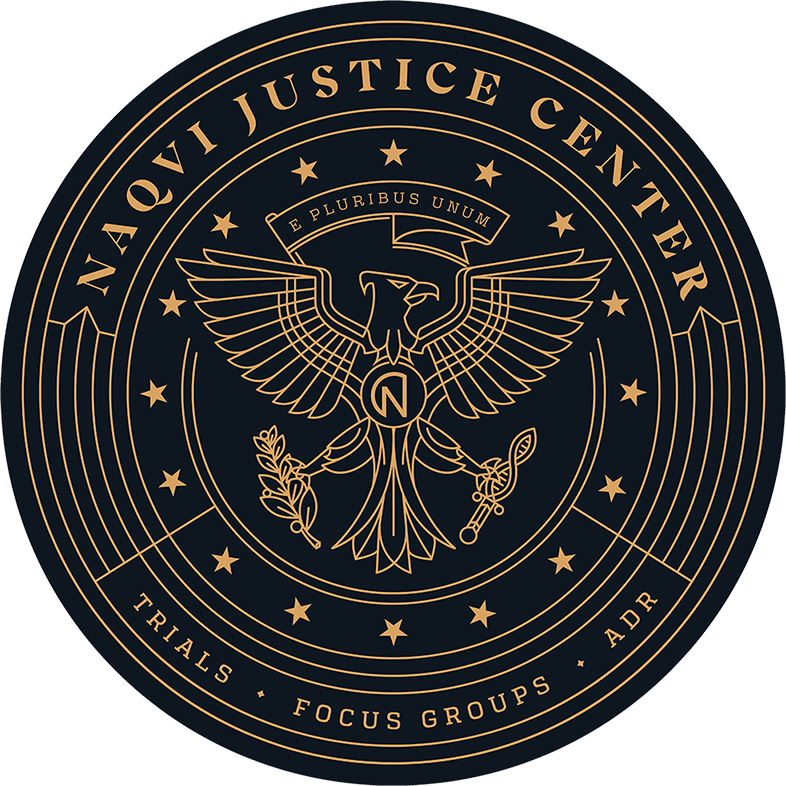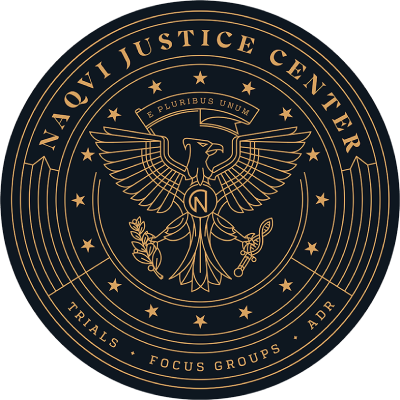A woman faces several criminal charges after she hopped a curb and struck two pedestrians.
The incident occurred near the corner of South Las Vegas Boulevard and East Charleston. According to police and witnesses, 45-year-old Andrea Corbani was intoxicated when she drove her Toyota Camry onto the sidewalk, hitting a man and a woman. One of the victims, a 28-year-old woman, died at a nearby hospital, and her male companion was treated for serious injuries.
Authorities, who are unsure whether Ms. Corbani was intoxicated by drugs or alcohol, did not release the victims’ names.
Non-Motorist Fatalities
There are over a million more pedestrians and bicyclists on the nation’s roadways today than there were ten years ago, and that is just one reason that pedestrian deaths (7.2 percent) and bicyclist deaths (12.2 percent) both increased dramatically in 2015. Furthermore, preliminary data from 2016 indicates that there will be another double-digit increase this year. These are the highest fatality totals in over twenty years. In addition to the increase in potential victims, many roads are not pedestrian-friendly, according to the government. The Government Accountability Office noted that most streets were designed to move vehicle traffic “as expeditiously as possible,” with features like wide lanes, high speed limits, and few curves. All of these things are very dangerous for walkers and cyclists. Furthermore, there are more and more angry “bikelash” attacks in many cities.
Many cities have declared plans to reduce non-motorist fatalities, but change may not come quickly. Wider sidewalks cost $8 million a mile and barrier-separated bike lanes cost over $4 million a mile. In nearby Los Angeles, the vaunted 53-page Shared Mobility Action Plan has only one paragraph about pedestrian/bicyclist safety.
Fault in Non-Motorist Crashes
Impairment from alcohol, drugs, and/or fatigue is one of the leading causes of these crashes. In most cases, impairment begins after one drink, one prescription painkiller pill, or a few extra hours without sleep, with symptoms like decreased ability to focus and impaired judgement. Some old tricks for dealing with impaired driving, like rolling down the windows or drinking coffee, may help drivers feel more alert for a few minutes but do nothing to address the underlying effects. As impairment gets worse, most drivers lose control of their motor skills and have trouble seeing.
To establish fault, victims can use either direct or circumstantial evidence. For example, in alcohol-related crashes, a failed BAC breath or blood test is admissible, along with evidence like bloodshot eyes, slurred speech, and an odor of alcohol. Since there is a lower standard of proof in civil court than in criminal court, a little circumstantial evidence goes a long way.
In terms of damages, victims are entitled to compensation for their economic losses, such as medical bills, and their noneconomic losses, such as emotional distress. Punitive damages may be available as well, if there is clear and convincing evidence that the tortfeasor (negligent driver) consciously disregarded the property and safety of motorists and non-motorists.
Team Up with an Assertive Lawyer
Negligent drivers cause serious injuries. For a free consultation with an experienced personal injury attorney in Las Vegas, contact Naqvi Injury Law. We do not charge upfront legal fees in most negligence cases.

